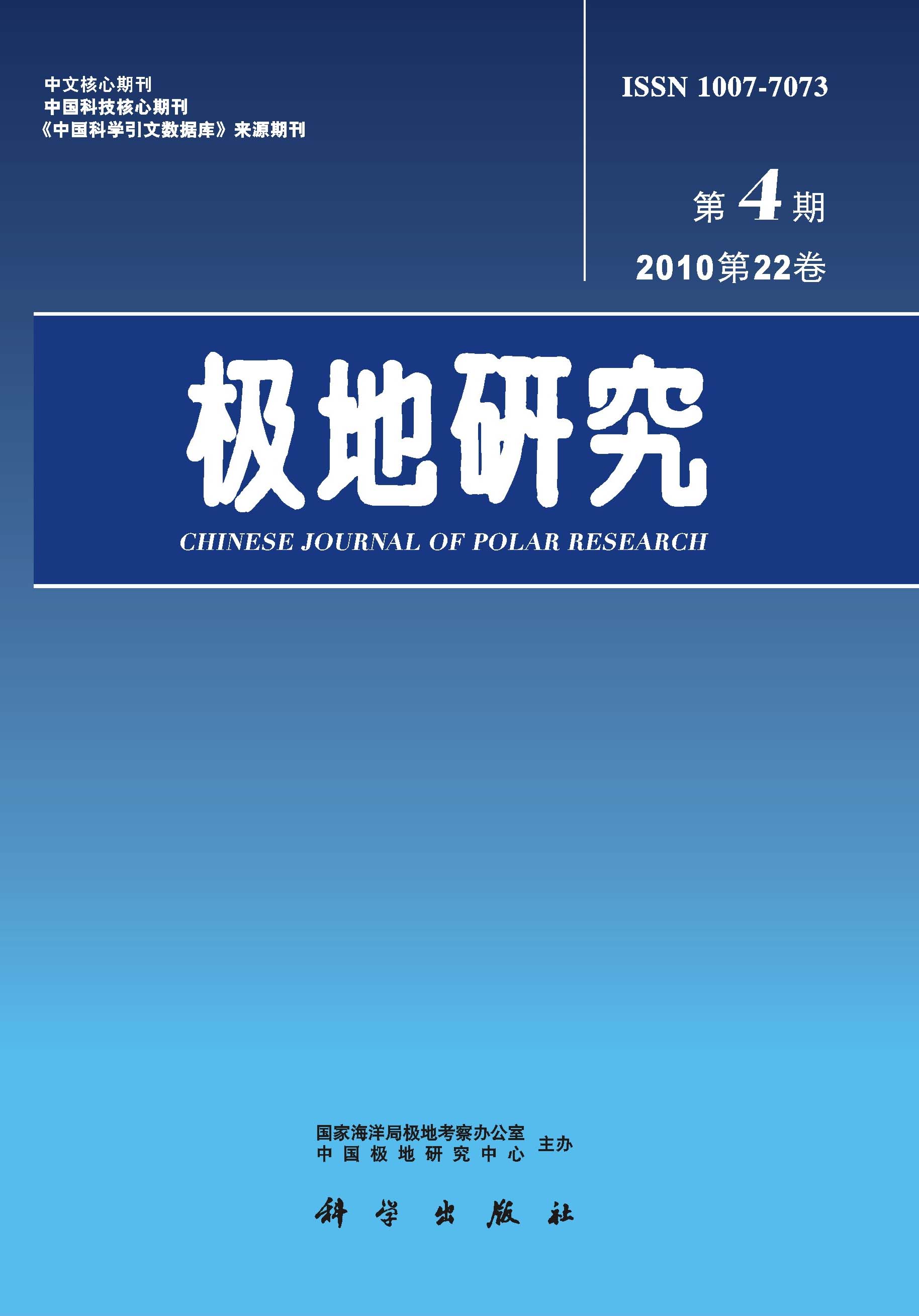We report concentrations of 13 elements in the metal of 52 Antarctic iron meteorites and their classification based on the structures and their Ga,Ge,Ni,Ir and other trace elemental contents.The 52 iron meteorites assigned to chemical group consist of 16 of IAB,12 of IIAB,1 of IIE,3 of IIIAB,1 of IIICD,1 of IVA and 18 of ungrouped irons.The IAB,IIICD and IIE iron meteorite groups are considered to be of nonmagmatic origin.Nonmagmatic IAB,IIICD and IIE irons formed as individural pools of a chondritic body.The other groups,IIAB,IIIAB and IVA show evidence of having originated by fractional crystallization of a metallic magma.The slopes on element Ni trends are generally higher in magmatic than in the nonmagmatic groups.Most interestings are that there are high abundance of ungrouped and IAB (47.2% and 27.8%,respectively) and low abundance of IIIAB (5.8%) iron meteorites from Antarctica relative to non Antarctic iron meteorites,which contain information about previously unsampled parent planets,mass,shock and collision,as well as nebula regions.

